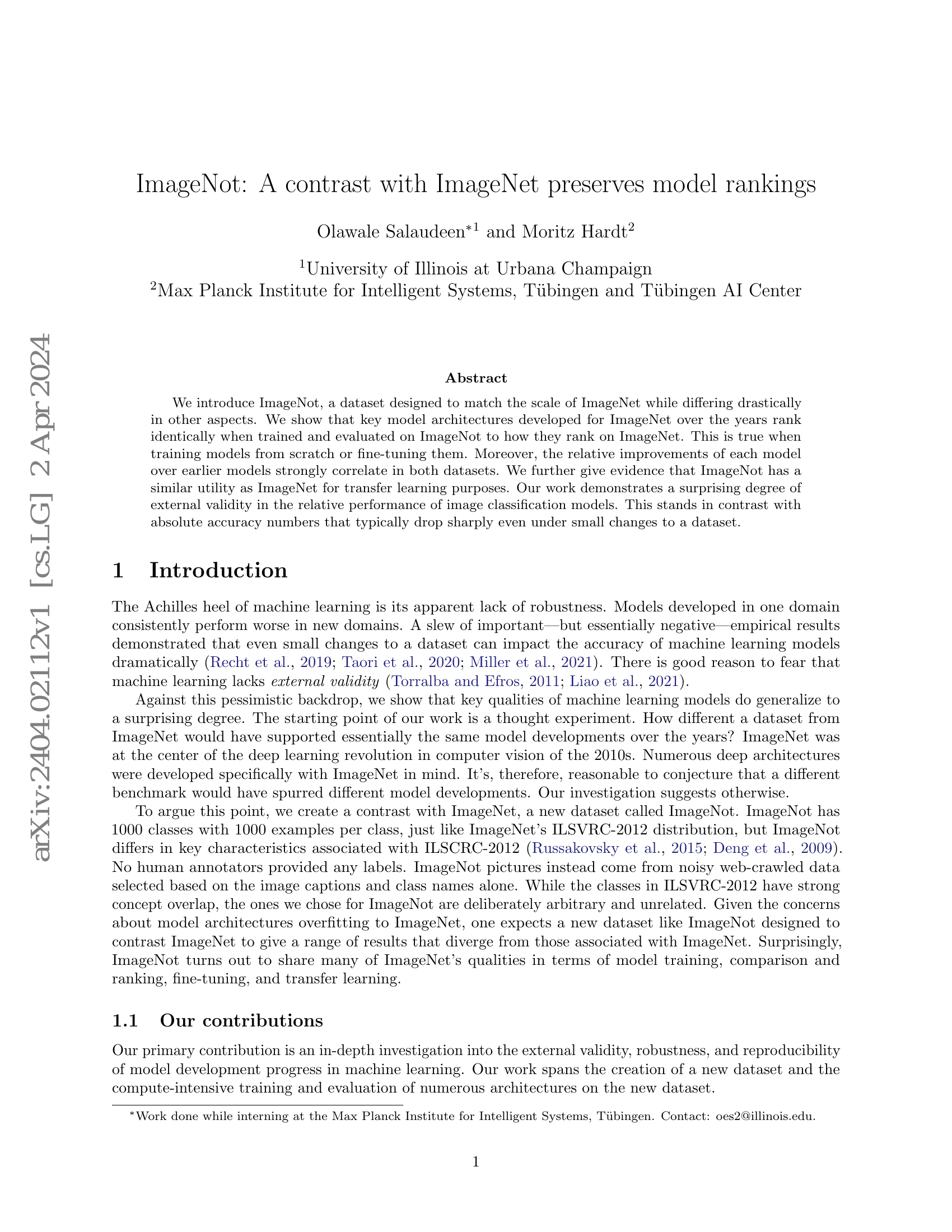Command Palette
Search for a command to run...
{Alex Krizhevsky Ilya Sutskever Geoffrey E. Hinton}

Abstract
We trained a large, deep convolutional neural network to classify the 1.3 million high-resolution images in the LSVRC-2010 ImageNet training set into the 1000 different classes. On the test data, we achieved top-1 and top-5 error rates of 39.7% and 18.9% which is considerably better than the previous state-of-the-art results. The neural network, which has 60 million parameters and 500,000 neurons, consists of five convolutional layers, some of which are followed by max-pooling layers, and two globally connected layers with a final 1000-way softmax. To make training faster, we used non-saturating neurons and a very efficient GPU implementation of convolutional nets. To reduce overfitting in the globally connected layers we employed a new regularization method that proved to be very effective.
Benchmarks
| Benchmark | Methodology | Metrics |
|---|---|---|
| graph-classification-on-bp-fmri-97 | CNN | Accuracy: 54.6% F1: 52.8% |
| graph-classification-on-hiv-dti-77 | CNN | Accuracy: 54.3% F1: 55.7% |
| graph-classification-on-hiv-fmri-77 | CNN | Accuracy: 59.3% F1: 66.3% |
| image-classification-on-cifar-10 | DCNN | Percentage correct: 89 |
| image-classification-on-imagenet-real | AlexNet | Accuracy: 62.88% |
| unsupervised-domain-adaptation-on-office-home | AlexNet [cite:NIPS12CNN] | Accuracy: 54.9 |
Build AI with AI
From idea to launch — accelerate your AI development with free AI co-coding, out-of-the-box environment and best price of GPUs.